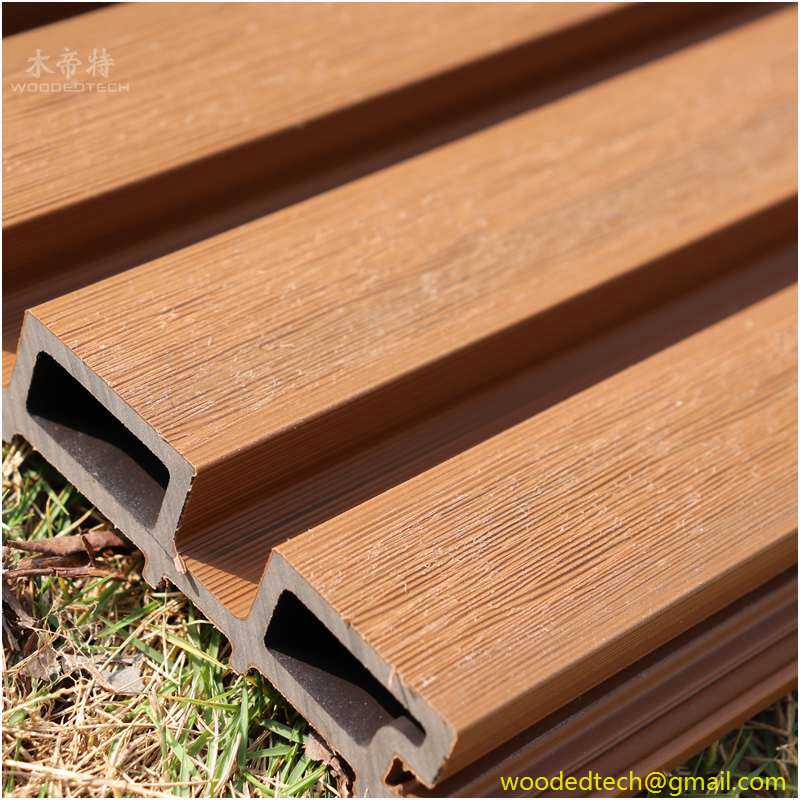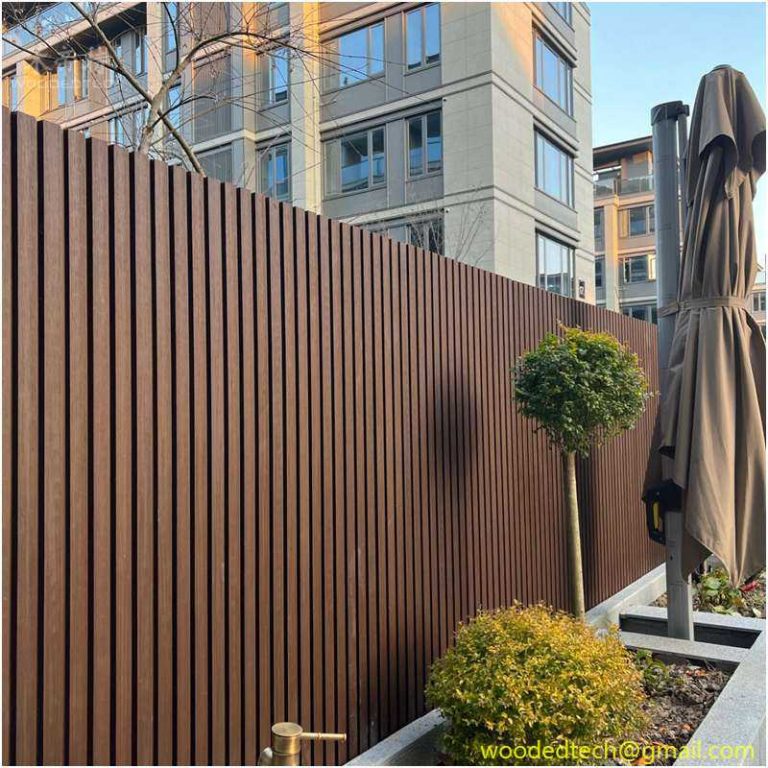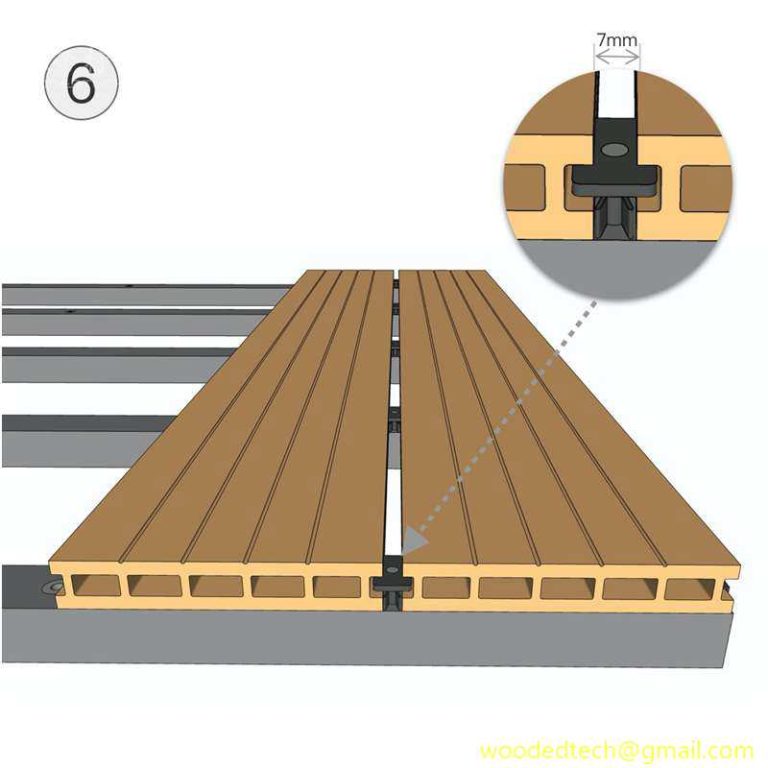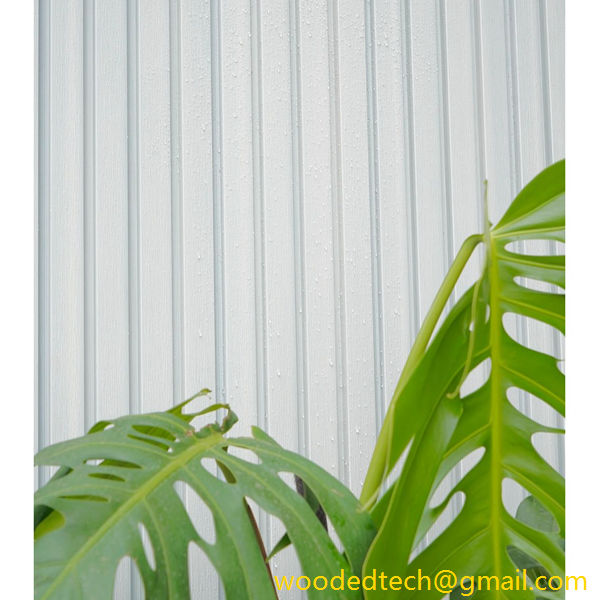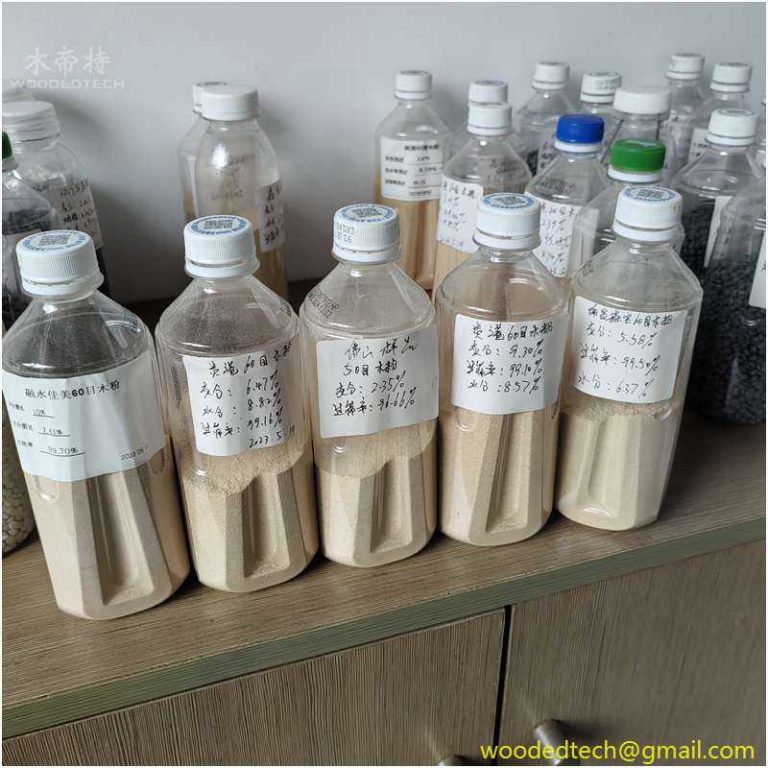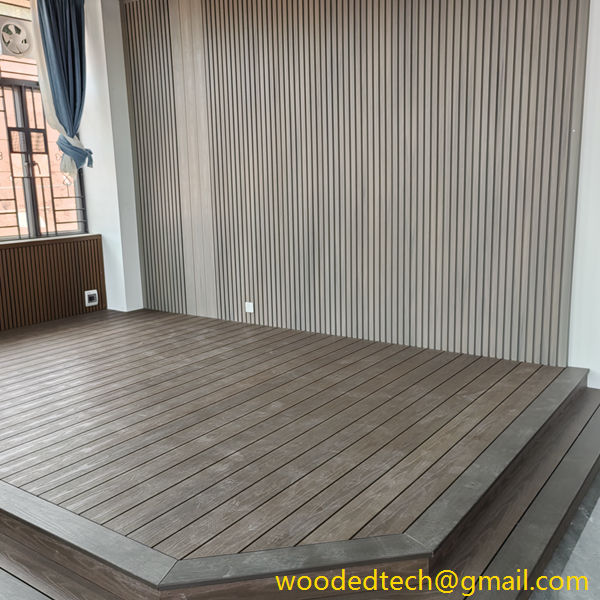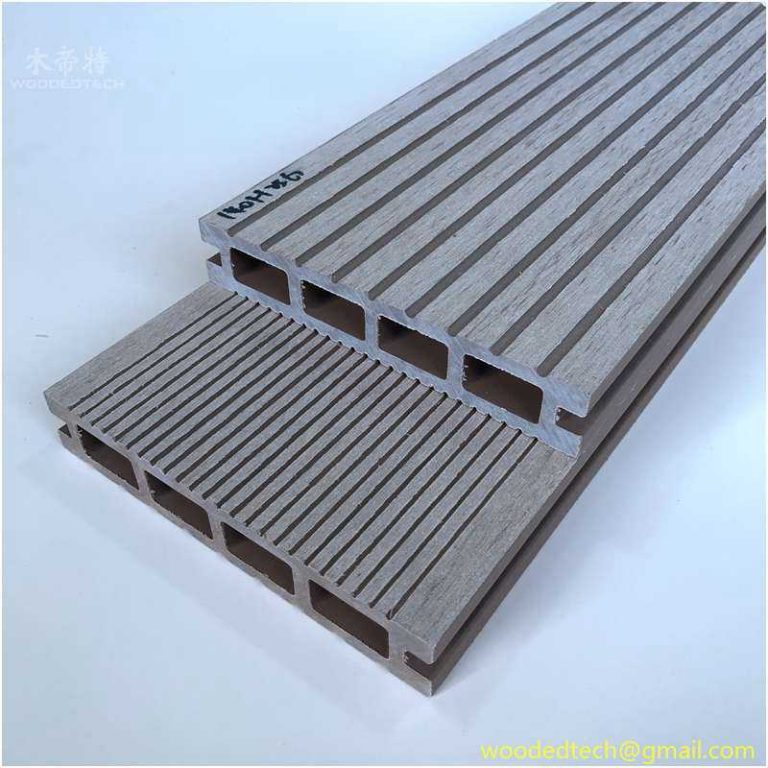wpc wall panel thickness
In particular, its common thickness range, i.e. 19 mm to 30 mm, provides a variety of options for architectural design.
Outdoor wpc wall panel has been widely used in modern buildings due to its beautiful, durable and environmentally friendly characteristics.
In particular, its common thickness range, i.e. 19 mm to 30 mm, provides a variety of options for architectural design.
Choosing the right thickness not only ensures the structural stability of the wall, but also involves the overall thermal insulation and sound insulation performance, which has an important impact on improving living comfort.
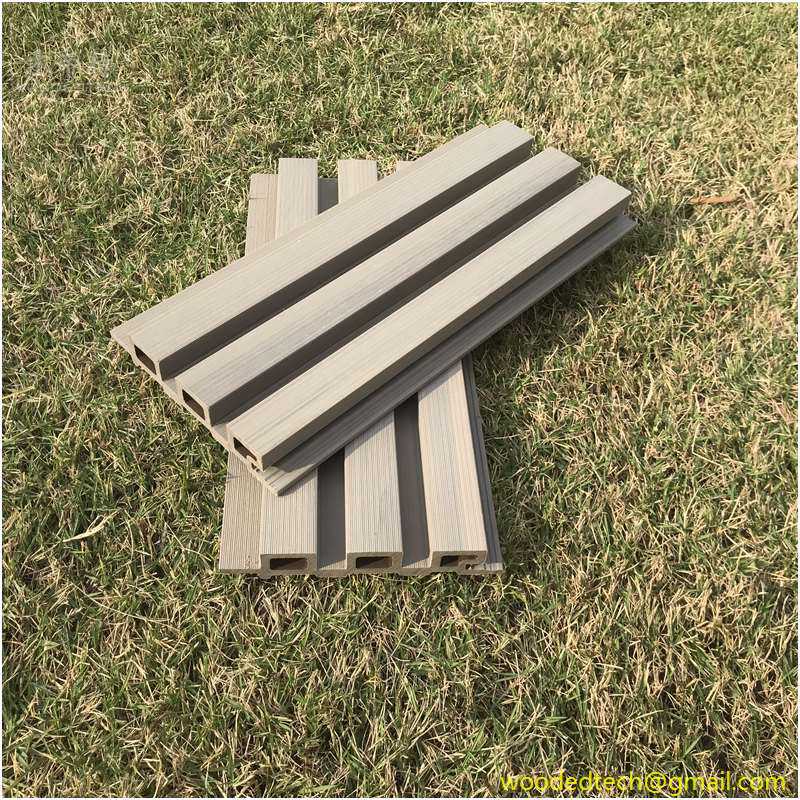
Specifically, thicker outdoor wpc wall panels, such as those close to 30 mm, usually provide better structural strength and durability, especially suitable for occasions with high load-bearing requirements or areas with harsh climatic conditions.
Such thickness is also conducive to extending the service life of the board and reducing maintenance costs.
In terms of thermal insulation and energy saving, thick panels have a better insulation layer because of their larger material volume, which helps to reduce energy consumption for winter heating and summer cooling, achieving the dual advantages of economy and environmental protection.
For sound insulation performance, thick wpc wall panels also perform well.
In a noisy urban environment, using thicker wpc wall panels can effectively isolate external noise and create a quieter and more comfortable home environment for residents.
In addition, convenient installation is also a major feature of outdoor wpc wall panels. Even for heavy panels, cutting and drilling can be completed with simple woodworking tools, greatly reducing construction time and cost.
Choosing outdoor wpc wall panels of appropriate thickness can not only meet the diverse design needs, but also bring a more comfortable and environmentally friendly living experience to residents.
Whether it is a new project or renovation, the reasonable application of outdoor wpc wall panels can significantly improve the practical value and aesthetics of the building.

